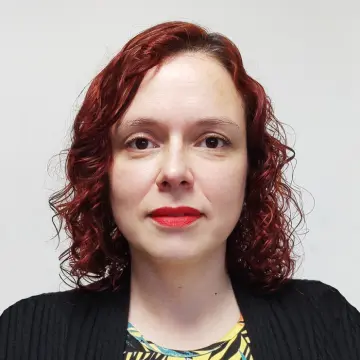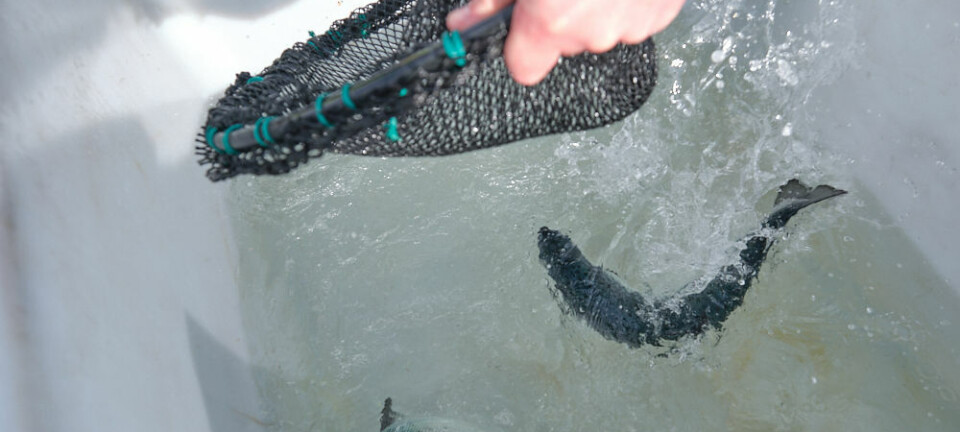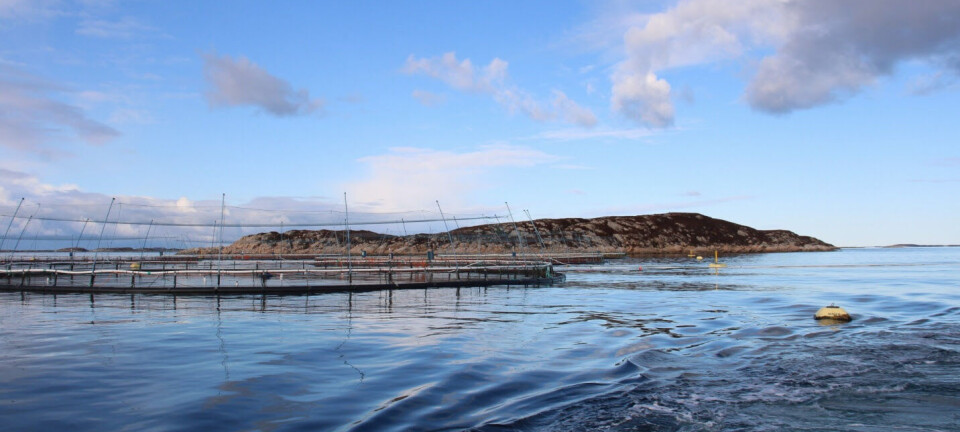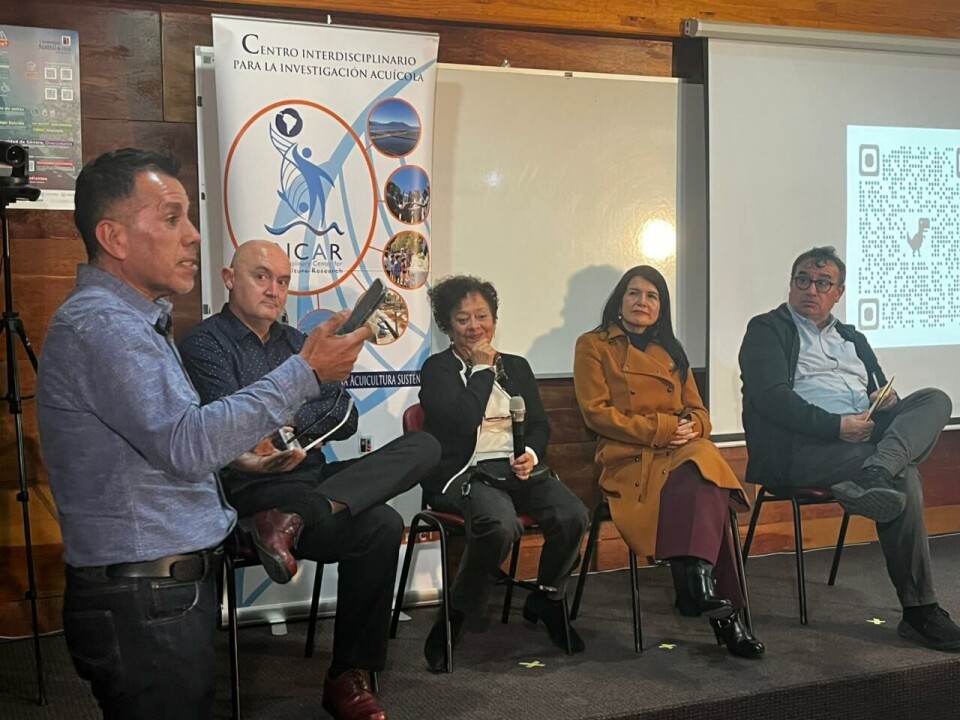
'Traffic light' system proposed for Chilean salmonid industry
An aquaculture research centre in Chile has taken a lead from Norway by proposing a “traffic light” system for the country’s salmon industry, reports Fish Farming Expert's Chilean sister site, Salmonexpert.cl.
In Norway, the system is based on the perceived harm caused to wild smolts by lice from fish farms, and grades the country's 13 salmon production areas as either red (6% biomass reduction), yellow (no change) or green (6% biomass increase) every two years.
But Chile doesn’t have a native wild salmon population, and its traffic light system would take a broader ecosystem-based approach.
Evidence-based regulation
The proposal from the Interdisciplinary Centre for Aquaculture Research (INCAR) is part of a goal to move towards more rigorous, transparent, and evidence-based environmental regulation in Chile, the world’s second-largest producer of farmed salmon.
The model, developed since 2019 with the support of various institutions, considers the carrying capacity of marine ecosystems and proposes a classification by Salmon Concession Areas (SCAs), integrating production, health, oceanographic, environmental, and climatic variables into a management platform that could guide regulatory and production decisions.
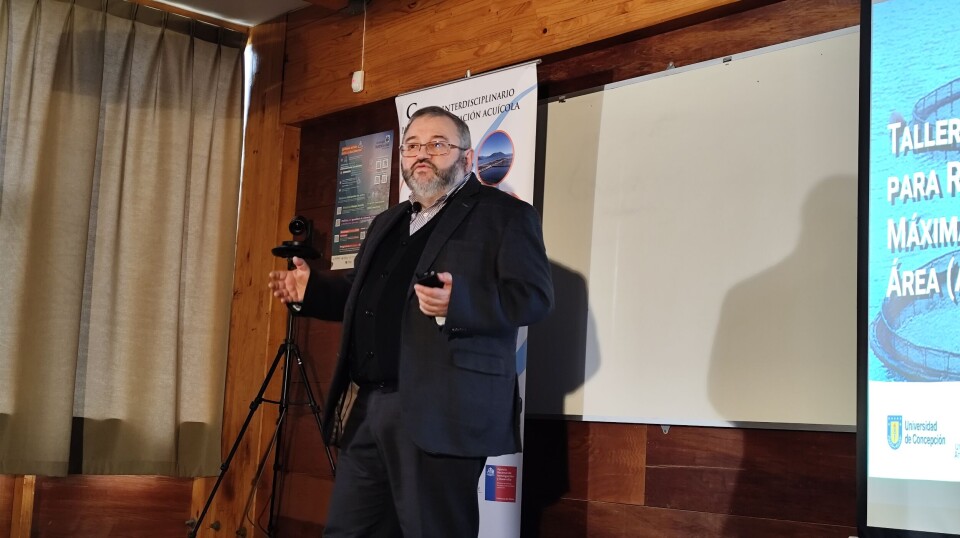
During a technical workshop held on Monday in Puerto Montt, INCAR director Dr Renato Quiñones said that “it is not common in Chile to create spaces for joint reflection among academia, industry, and other ecosystem users”.
He added that the traffic light proposal stems from the need to build a sustainable salmon farming model capable of responding to the governance, transparency, and reputation challenges facing the sector.
“We are in a very complex moment, with a world that is changing profoundly. This forces us to have the courage to present new ideas. Let's open the window and let fresh air in.”
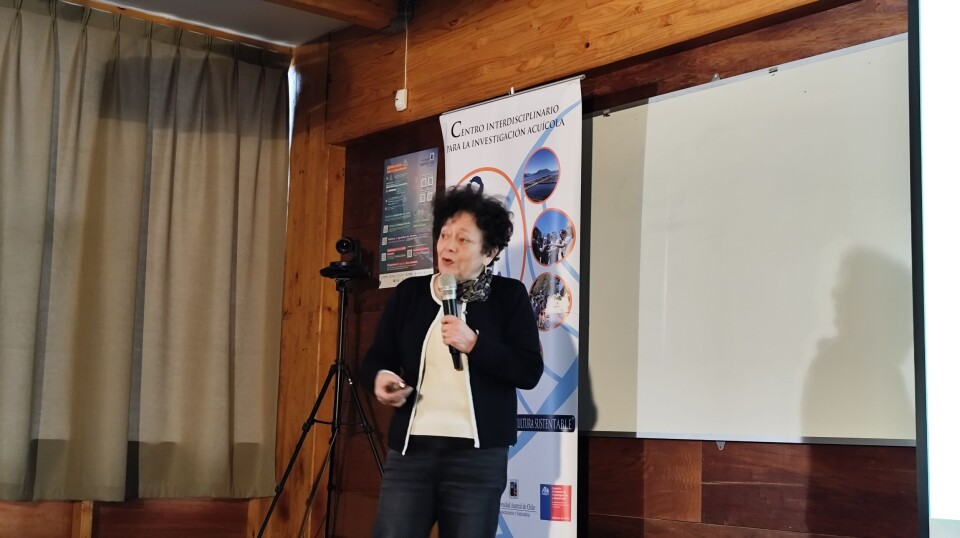
INCAR’s principal investigator, Dr Doris Soto, presented the technical foundation of the initiative, which is structured around two types of risk: the loss of biodiversity and ecosystem services, and the loss of productivity and animal welfare.
“We don’t have sufficient evidence of devastating impacts, but we can’t affirm the opposite either. What we do know is that there is a lack of information, and this uncertainty fuels opposition to the sector’s growth. We need to innovate beyond the fish and the farm. We need to innovate in the ecosystem.”
Many unkowns
Soto identified significant gaps in information on cumulative impacts, the circulation of nutrients, pesticides, and antibiotics in the Chilean fjords, and the effects of escapes.
“We don’t know where the nutrients go, where the antibacterials are deposited, or what happens to the escaped fish. And that impedes sustainable ecosystem management,” she explained. The proposed traffic light system seeks to make these dimensions visible through integrated indicators that communicate the state of ecosystem health.
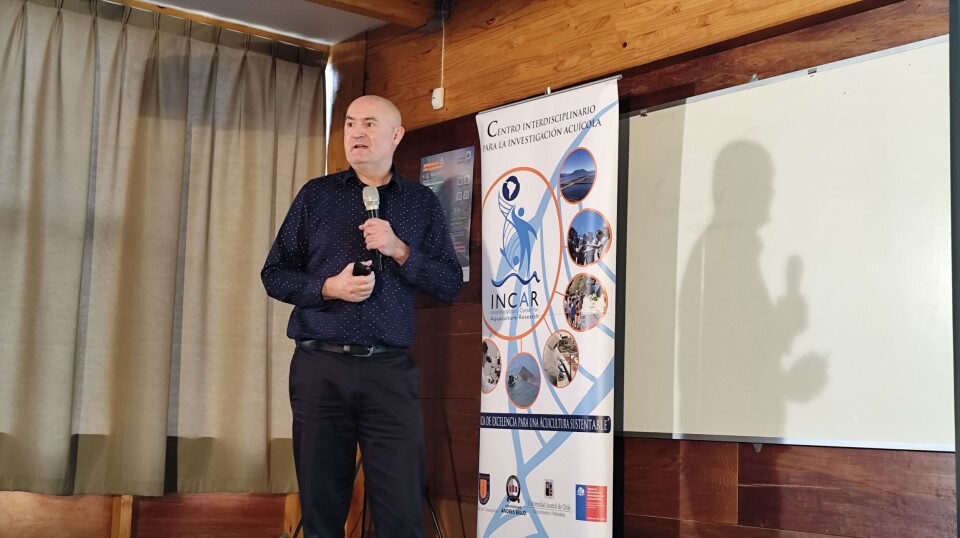
INCAR research associate Dr Rodrigo Montes said that despite the large amount of data available from different institutions, “the information is disaggregated, in different formats and at different spatial and temporal scales, which makes integrated analysis difficult”.
The team has developed a standardised database, with automated storage and processing protocols, that allows for the analysis of trends and patterns based on cultivated biomass, antibiotic and pesticide use, mortality, oceanographic conditions, and other factors.
Legal framework
Dr Jessica Fuentes, an associate researcher at INCAR, said the implementation of the traffic light proposal would require adjustments to the current legal framework.
“Currently, we have fragmented regulations, with patches upon patches,” said Fuentes. “A system like the traffic light system, while not incompatible with current regulations, does require better coordination of existing instruments and the resolution of uncertainties such as the status of farms without an Environmental Qualification Resolution or concessions located in protected areas.”
Economic implications
Dr Carlos Chávez, a research associate at INCAR, addressed the potential economic and social implications of implementing a traffic light system.
“This proposal offers the opportunity to modernise our environmental regulations, but it must be done considering the effects on production, employment, and territorial equity,” he noted, emphasising that salmon farming has contributed to reducing poverty and inequality in isolated areas, which adds a social dimension that cannot be left out of the debate.
Key factors
Chávez also warned that the impact of the traffic light system will depend on four key factors: the detail of the regulatory design (colours, timing, and consequences); companies' ability to respond to new requirements; the effects this will have throughout the value chain; and the costs associated with system administration.
“Implementing a tool like this isn’t free. It requires funding for its design, operation, oversight, and generation of new scientific knowledge. And that's an issue that's always forgotten in Chilean regulations,” warned Chávez. He also called for an urgent approach to the governance of marine space use and to strengthen public-private cooperation to ensure that the system’s costs don’t fall disproportionately on a single actor.
Pilot phase
Finally, it was proposed that the implementation of the traffic light system requires a pilot phase, with an implementation period of three to five years, an accessible public dissemination platform, and the progressive validation of the indicators.
“It's not just about monitoring, but also about building trust, managing with transparency, and guiding production toward truly sustainable development,” concluded Renato Quiñones.
